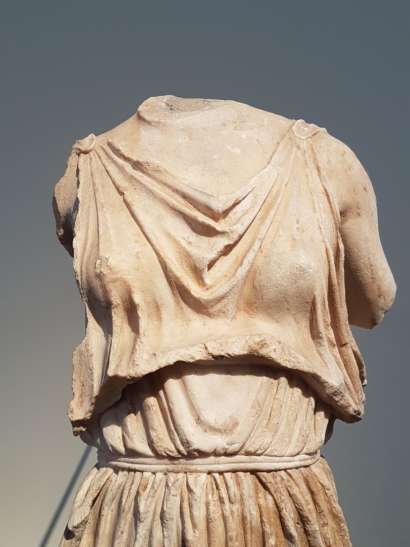History talks
The Nuragic civilisation developed in Sardinia from the 2nd millennium BC and then disappeared with the rise of the Carthage, and then Roman, rule.
It took its name from “nurra”, which in local dialect means “heap of stones”. Indeed, the
nuraghi (also nurhags, in English) were buildings constructed using large blocks of stone.
Of the 7000 nuraghi scattered throughout Sardinia, some are veritable fortified villages comprising a series of towers surrounded by a wall, outside which stood a village of huts.
The Nuragic civilisation was dominated by a warrior aristocracy, divided into clans, each of which controlled a territory and offered its farmers and shepherds protection in the case of conflicts.
Sheep-farming, agriculture and craft work were the main activities of this population, besides trade with the Phoenicians, Etruscans and Carthaginians.


